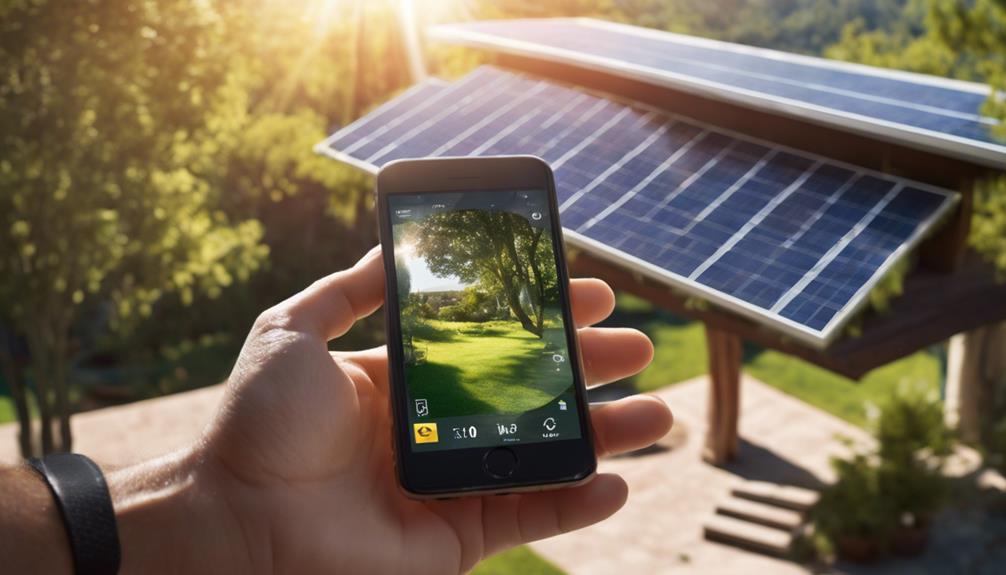
The world of renewable energy is rapidly expanding, and solar energy is at the forefront of this trend. One of the key components of any solar energy system is the solar panel connection diagram. This diagram provides a visual representation of how various elements of the system are connected, ensuring efficiency and effectiveness in energy production. In this article, we will explore the solar panel connection diagram in detail, covering its importance, components, and more.
The Importance of a Solar Panel Connection Diagram
A solar panel connection diagram serves as a roadmap for installing and maintaining solar energy systems. It outlines how the solar panels, inverters, batteries, and other components are interconnected. Understanding this diagram is crucial for both DIY enthusiasts and professional installers. Without a clear connection diagram, there is a higher risk of improper installation, which can lead to inefficiencies, equipment damage, or even safety hazards. By following the diagram, users can ensure that each component functions optimally, maximizing the energy produced from solar panels.
Key Components of a Solar Panel Connection Diagram
To fully grasp the concept of a solar panel connection diagram, it’s essential to understand its key components. Typically, a solar panel connection diagram will include solar panels, an inverter, a charge controller, batteries, and a system grounding.
– Solar Panels: These are the heart of the system, converting sunlight into electricity.
– Inverter: This component converts the direct current (DC) produced by the solar panels into alternating current (AC), which is usable in homes.
– Charge Controller: This regulates the voltage and current coming from the solar panels to protect the batteries.
– Batteries: These store excess energy for use when sunlight is not available.
– Grounding: Essential for safety, grounding prevents damage from electrical surges.
Understanding these components and their roles within the solar panel connection diagram is crucial for anyone looking to install or maintain a solar energy system.
Types of Solar Panel Connection Diagrams
There are various types of solar panel connection diagrams, each catering to different system setups. The most common types include series, parallel, and series-parallel configurations.
– Series Configuration: In this setup, solar panels are connected end-to-end, increasing the voltage while maintaining the same current. This is ideal for systems where higher voltage is required.
– Parallel Configuration: Here, solar panels are connected side-by-side, which keeps the voltage constant while increasing the current. This is useful when the system is designed to operate at lower voltages.
– Series-Parallel Configuration: This configuration combines both series and parallel setups, optimizing both voltage and current. It is often used in larger installations.
By choosing the right configuration, users can tailor their solar energy systems to meet specific energy needs.
How to Read a Solar Panel Connection Diagram
Reading a solar panel connection diagram may seem daunting at first, but it becomes straightforward with practice. Typically, these diagrams use standardized symbols to represent different components. For example, solar panels might be depicted as rectangles with a specific label, while inverters may appear as circles or squares with distinct markings.
Additionally, lines in the diagram represent electrical connections, with different styles indicating types of connections (series or parallel). Understanding these symbols and their meanings is vital for anyone looking to install or troubleshoot a solar energy system.
Common Mistakes When Interpreting Solar Panel Connection Diagrams
Even experienced installers can make mistakes when interpreting solar panel connection diagrams. Some common errors include misreading the connection types, overlooking grounding requirements, and failing to account for shading issues.
For instance, improperly connecting solar panels in series instead of parallel can lead to a significant drop in energy production. Additionally, neglecting to ground the system can result in safety hazards. To avoid these pitfalls, it’s essential to double-check the diagram against the physical setup and consult with experts if needed.
Best Practices for Creating Your Own Solar Panel Connection Diagram
If you’re considering designing your own solar panel connection diagram, adhering to best practices is crucial. Start by gathering all necessary specifications for the components you plan to use, including voltage ratings and current capacities.
Next, sketch a rough layout of your system, including the positioning of solar panels, inverters, and batteries. Use standardized symbols to represent each component clearly. Finally, review your diagram for accuracy and completeness. It’s also advisable to have a professional review your diagram before proceeding with installation to ensure everything is correctly represented.
Tools and Resources for Solar Panel Connection Diagrams
Several tools and resources can aid in creating and understanding solar panel connection diagrams. Software programs like AutoCAD or various online diagramming tools allow users to create precise and professional diagrams.
Additionally, there are numerous online resources, such as educational websites and forums, where users can find templates and examples of solar panel connection diagrams. Engaging with communities focused on solar energy can also provide valuable insights and tips from experienced professionals.
Conclusion: The Path to Efficient Solar Energy Systems
In summary, understanding a solar panel connection diagram is essential for anyone involved in solar energy installation or maintenance. By grasping the importance of these diagrams, their components, and how to interpret them, you can significantly enhance the efficiency and safety of your solar energy system. Whether you are a DIY enthusiast or a professional installer, investing time in learning about solar panel connection diagrams will pay off in the form of improved energy production and system longevity. With the right knowledge and tools, harnessing the power of the sun can become a seamless and rewarding endeavor.
By following the insights provided in this article, you will be well-equipped to navigate the world of solar energy and make informed decisions that lead to a sustainable future.





